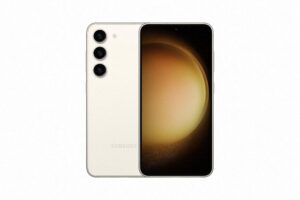Pint-sized power.
Samsung Galaxy S23 review: Small and mighty
Back when new phones were announced every couple of years, there was a lot to get excited about. By the time something new launched, most people’s current phones were nearing their end of life, and the jump from old to new felt like, well, just that - a jump. Now that we’re all used to a yearly update cycle, that jump feels more like a small step than a giant leap.
With that said, the Samsung Galaxy S23 doesn’t rewrite the rulebook. It doesn’t break new ground or make us gasp in wonder. But honestly, it doesn’t need to. It simply is what it is—a damn good Android phone.
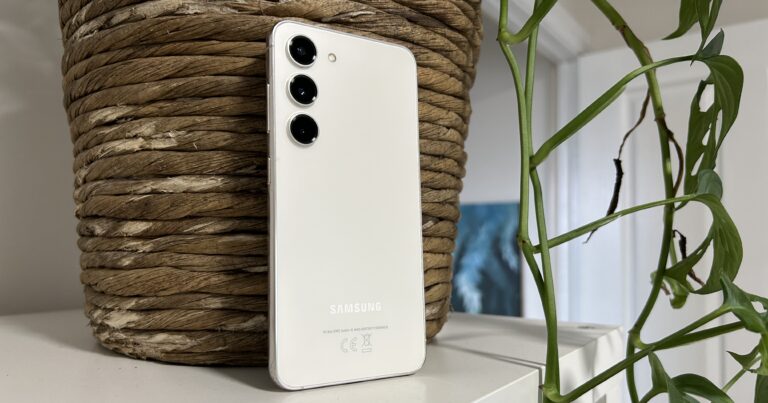
How much does Samsung Galaxy S23 cost in Australia?
For the last couple of years, in the great Samsung vs Apple war, Samsung has admirably clung to one key advantage—a cheaper entry point. While Apple bumped its base-level iPhone 12 to $1,349 (we’re not counting the ill-fated mini) back in 2020, Samsung held fast at the $1,249 price point.
This year, however, the base Galaxy S23 with 128GB of storage is $100 dearer than its predecessor, bringing it back into line with the iPhone 14 at $1,349. If you want twice the storage, it’s a further $100 bump.
That said, now that it’s been out for a few months, some pretty decent sales are running on the Galaxy S23. At the time of writing, it starts at $1,095 on Amazon.
The Galaxy A54 is also available on both 36 and 24-month payment arrangements with either Telstra or Optus. Going on a 36-month plan will reduce your monthly handset repayments, but you end up paying the same cost for your phone as you would on a 24-month contract.
36-month Galaxy S23 plans
24-month Galaxy S23 plans
Samsung Galaxy S23 - design and features
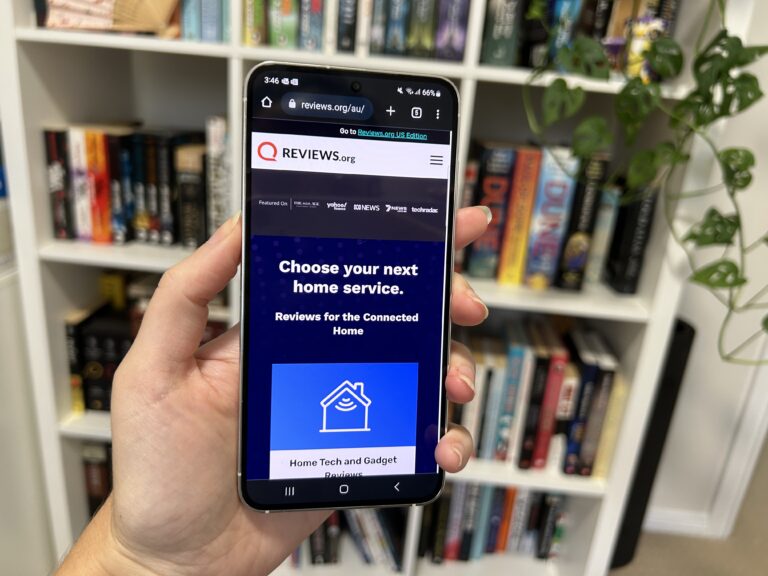
It’s not often that I describe a phone as “cute”, but the Samsung Galaxy S23’s soft pastel colourways and rounded edges are just that. Its 6.1-inch screen makes for the perfect pocket-sized phone, with a matte Gorilla Glass Victus 2 backing that feels nice in the hand. Our review unit rocked a chic cream colour, but the S23 also comes in lavender, green and phantom black, with lime and graphite offered as exclusives for purchases directly from Samsung’s online store.
This year’s S23 lineup retains the same IP68 water and dust resistance rating as its predecessor, but its new armoured aluminium frame claims to provide better drop resistance, making it overall more durable than the S22. It’s also worth noting that the entire S23 range has an increased focus on sustainability. According to Samsung, recycled aluminium, glass and plastics are used in the production of 11 internal and external components.
The FHD 120Hz display is mostly the same as last year’s iteration, albeit with higher maximum brightness (1,750 nits vs. the S22’s 1,300 nits) and a tougher Gorilla Glass Victus 2 front. It’s beautiful to look at, rich, bright, and everything you’d expect from a flagship.
As for the cameras, Samsung once again has stuck to mostly the same script from last year, with an identical rear camera array (50MP main lens, 12MP ultrawide lens and 10MP optical telephoto lens). Behind the scenes, however, a few software tweaks allow for improved low-light photography, a new astro hyperlapse mode for budding astrophotographers, and 8K video at 30fps. The only hardware change comes in the form of the new 12MP selfie camera, which offers a decent jump in image quality from the S22’s 10MP sensor.
Though we would’ve liked to see some more significant changes to the S23’s rear camera array, it’s hard to argue with the quality of photos it produces.

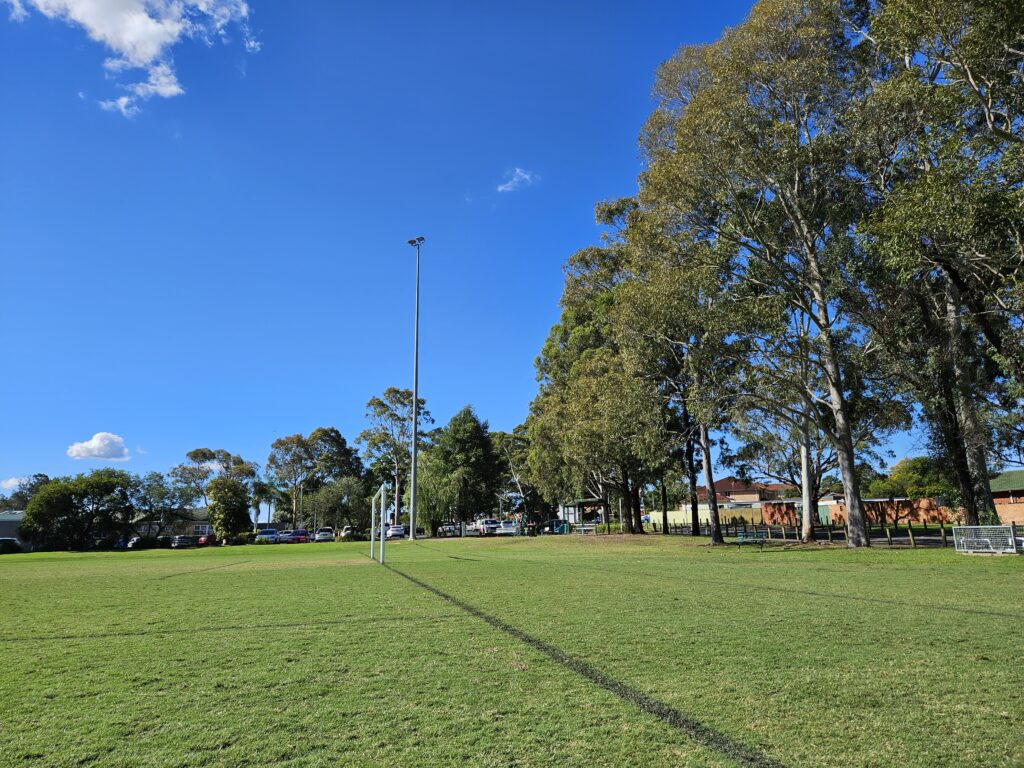



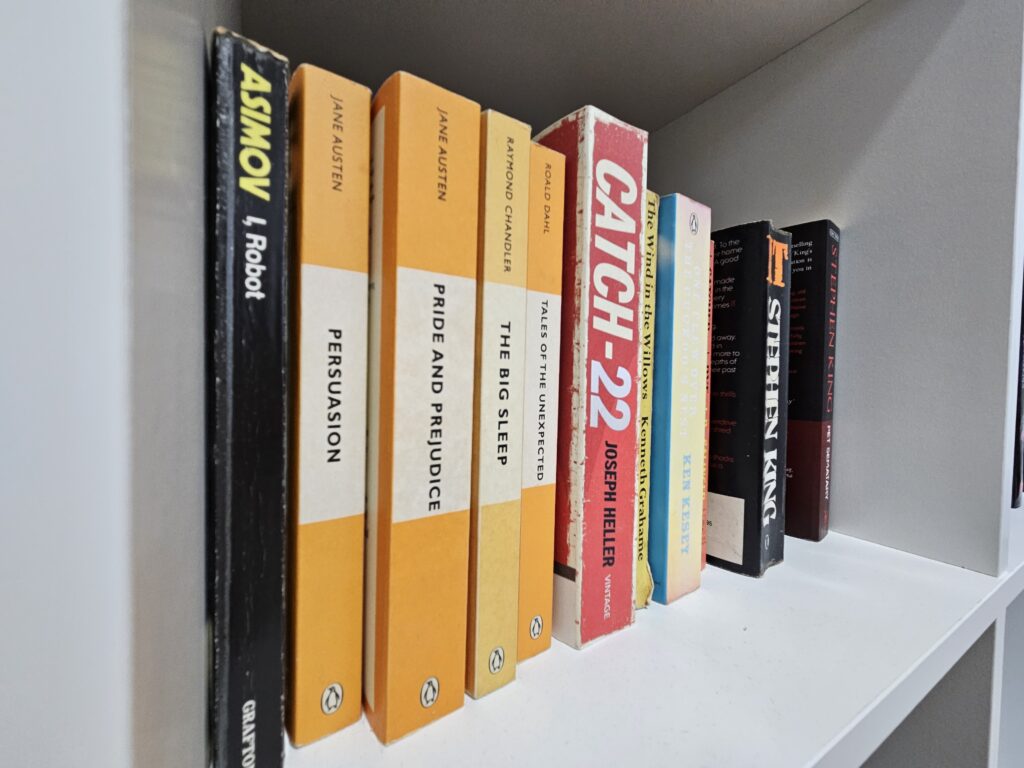

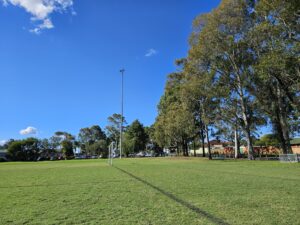




Samsung Galaxy S23 - performance and battery life
As is the case with most new phone launches these days, the Samsung Galaxy S23 is largely an iterative update. It’s not particularly groundbreaking, but then it doesn’t really need to be. The biggest changes to the S23, as now tends to be the case, are under the hood. For the first time in years, every S23 sold runs on a Qualcomm processor (the Snapdragon 8 Gen 2, to be precise), rather than splitting markets between regions with some benefitting from the superior Qualcomm processor and others (including Australia, up until the S22) being relegated to Samsung’s Exynos hardware.
It’s also nice to see that Samsung continues to give the base S23 the same custom-made chip as the more premium S23 Ultra, rather than following Apple’s disappointing lead of gatekeeping new processors to its Pro models.
In practice, that Snapdragon SoC proves to be a true powerhouse, capable of the kind of multitasking that even heavy users throw at it. It handled everything from my usual hours of TikTok scrolling to many, many Marvel Snap matches and a few Asphalt 9 races without missing a beat.
The Galaxy S23’s battery has received a welcome (if small) boost from 3,700mAh to 3,900mAh. That only translates to maybe about an extra half hour of real-world usage, but hey, it’s something.
With moderate daily use, I managed to make a full charge last a good day and a half, which is about what you’d expect from a phone of its specs and size. Nothing to write home about, but nothing to complain about either.
The S23’s 25W wired charging is fine, bringing the battery from zero to 100 in about an hour. Still, we would’ve liked to see the Plus and Ultra’s speedier 45W charging make its way to the base S23. There’s also 15W wireless charging which is standard across the Plus and Ultra as well.
Is the Samsung Galaxy S23 worth buying?
If you’re in the market for a high-end Android phone that won't set you back two grand, the Samsung Galaxy S23 is probably one of the first devices you thought to look at, and honestly, it’s your best bet at this price range. Even though it lacks that “wow” factor, the S23 is still one of the best phones you can get right now, particularly if you’re after something sleek and compact but still just as good as the big guns.
Related Articles




